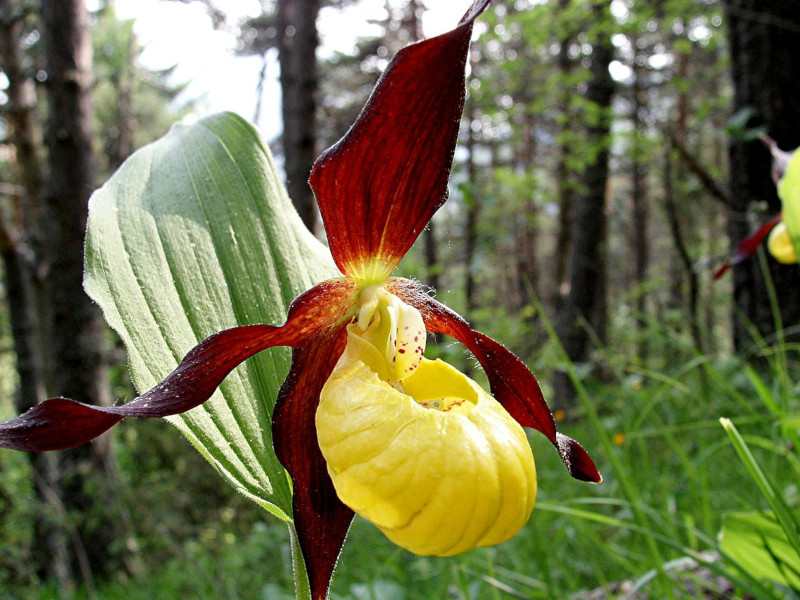
Cypripedium calceolus Facts
- The tongue-twisting term of Cypripedium calceolus serves as the official scientific name of a truly stunning variety of plant. Unfortunately for most of its fans, the magnificent product of evolution, an orchid species, currently has no generally accepted common name.
- The first recorded scientific description of this beautiful botanical wonder of Nature took place in Germany, in the year 1753. Much later, the highly renowned Swedish botanist Carl Linnaeus himself became the first person to officially place it within a scientific classification.
- In fact, that official placement puts this gorgeous Angiosperm in the Family collectively known as the Lady’s Slipper Orchid. Its particular appearance, however, often leads to its being confused with other, visibly similar species, at least by non-professional observers.
- Quite thankfully for those who appreciate its beauty, the Cypripedium calceolus currently appears to be maintaining a sufficient and stable population base across its range. The IUCN, therefore, lists the natural beauty as Least Concern on its Red List of Threatened Species.
- The gorgeous plant must, however, nevertheless be considered to be facing at least some risks to its continued existence as a species. Though still abundant, human encroachment on its habitat could pose a threat in the future. Plus, it now faces the threat posed by climate change.
Related Articles
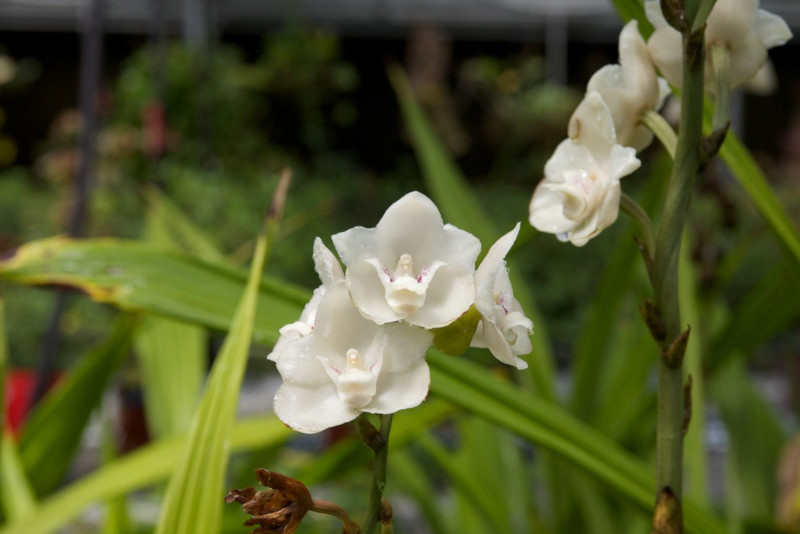
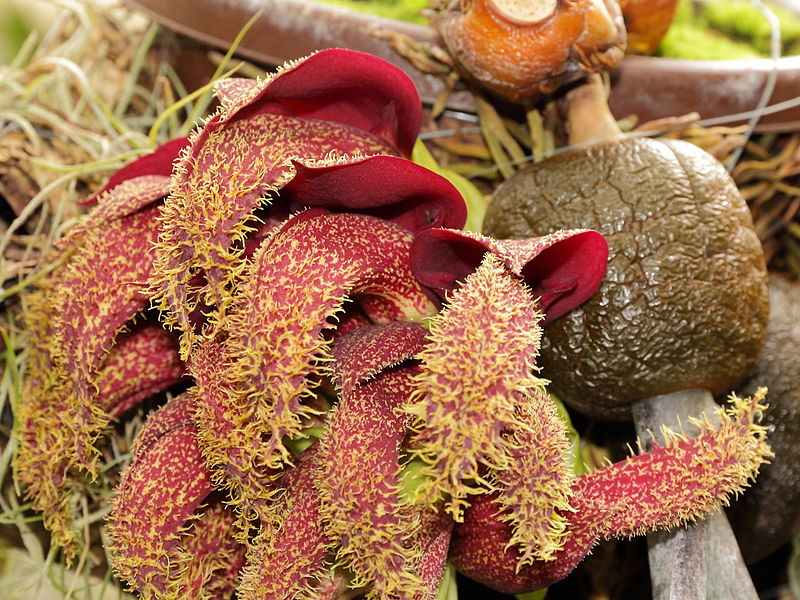
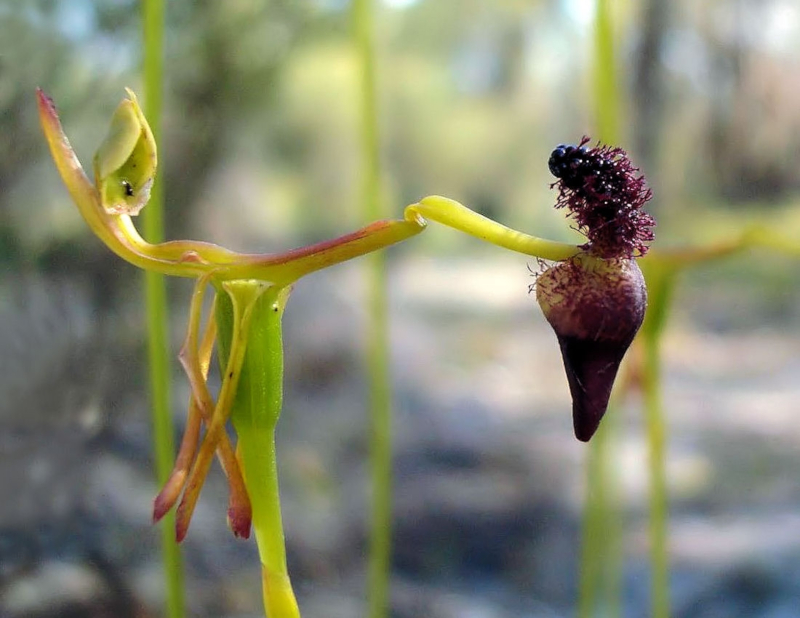
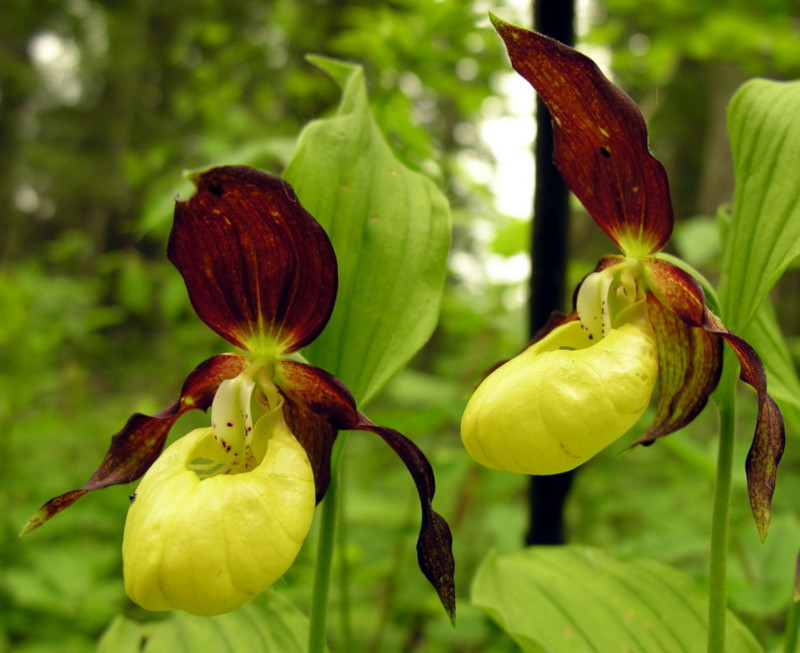
Cypripedium calceolus Physical Description
Regardless of its nearly impossible to pronounce name, the magnificent Cypripedium calceolus easily dazzles the eye. Yet it does not do so just because of its appearance, though that’s certainly lovely enough. It also represents one of the largest of the known orchid varieties in its range.
The captivating flora develops from a rhizome, and develops fine, fibrous roots. From these, it produces erect, vertical stems. Younger specimens generally have only one of these, with more developing as it ages. Fully mature examples sometimes possess as many as ten of these features.
In terms of height, these vary significantly between individuals, even on the same plant. Exceptional individuals sometimes reach as much as 23.6 in (60 cm) in height. Most, however, remain somewhat less tall than this. The stalks themselves usually present as a very delicate, light green in color.
At various locations along the length of each stem, a typical total of 3 – 4 leaves appear. These develop as broad, and ovate to lance-shaped in form. Averaging 8 in (20 cm) in length, this foliage alternates along the stem, and has a covering of small hairs. Each also manifests a bright green hue.
Each separate stem generally produces 1 – 2 of these stunning blooms. These also serve to distinguish the orchid from many of its relatives. That’s true because they evolved as moderately larger than most of those kin. These amazing flowers attain an average width equaling 3.5 in (9 cm).
It’s unquestionably the color scheme of the Cypripedium calceolus that garner the most attention from viewers, though. The general shape of the blooms follows the same pattern of its relations. Each separate part of the structure also presents an entirely different shade, augmenting the effect.
The most prominent feature is the inflated lip, or labellum, shaped like a slipper or shoe. This usually shows a bright yellow, often with reddish speckles inside. Its long, frequently slightly twisted sepals and petals typically vary from deep maroon to purplish-brown, but occasionally show green!
- Kingdom: Plantae
- Phylum: Angiosperms
- Class: Monocots
- Order: Asparagales
- Family: Orchiaceae
- Genus: Cypripedium
- Species: C. calceolus
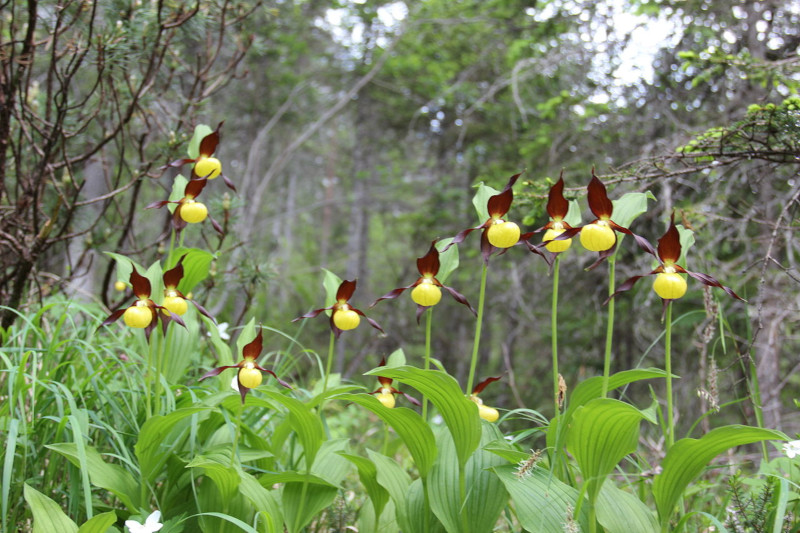
Cypripedium calceolus Distribution, Habitat, and Ecology
Thankfully, the breathtaking Cypripedium calceolus possesses a remarkably wide distribution. In point of fact, the botanical wonder inhabits a relatively broad swathe of the world. This extensive range includes nearly every country in Europe, and also many of those in Asia, as well.
Quite sadly, however, its numbers have now become severely diminished in the European part of its range, especially in recent decades. In all parts of its range, though, it displays decided preferences for its habitat. The great majority of its numbers appear in temperate forests and shrubland.
Nonetheless, in that part of its territory, the breathtaking plant managed to adapt to another type of environment. This consists of areas of humus, over a limestone base, and within partially shaded woodlands. In all parts of its range, it lives at altitudes of no more than 6,890 ft (2,100 m).
The ecology of the Cypripedium calceolus remains extremely complex and tightly linked to specific environmental conditions and symbiotic relationships. For reasons that still confound researchers, a large precentage of its known population appears in or in close proximity to stands of hazel trees.
Like many of its related species, this wonder of Nature achieves its pollination via the action of a wide range of locally prevalent insects. The majority of these, though, seem to be formed of various species of bees. Meanwhile, the flower itself seems to be a popular food for slugs and snails.
Like many orchids, this marvel of Nature and evolution reproduces in two ways. This process principally occurs due to division of its rhizome, which forms clumps over time. Seed production does occur, though natural seedling establishment’s rare due to highly specific environmental needs.
Species Sharing Its Range
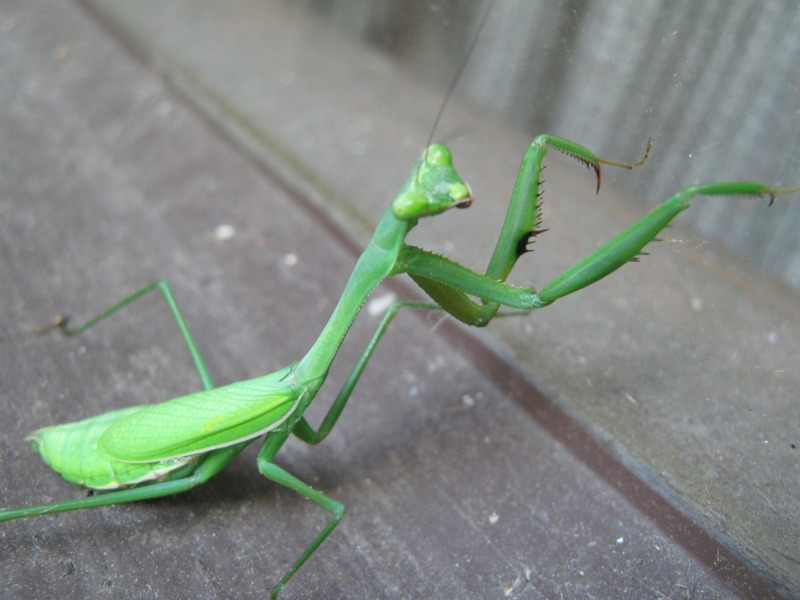
European Mantis
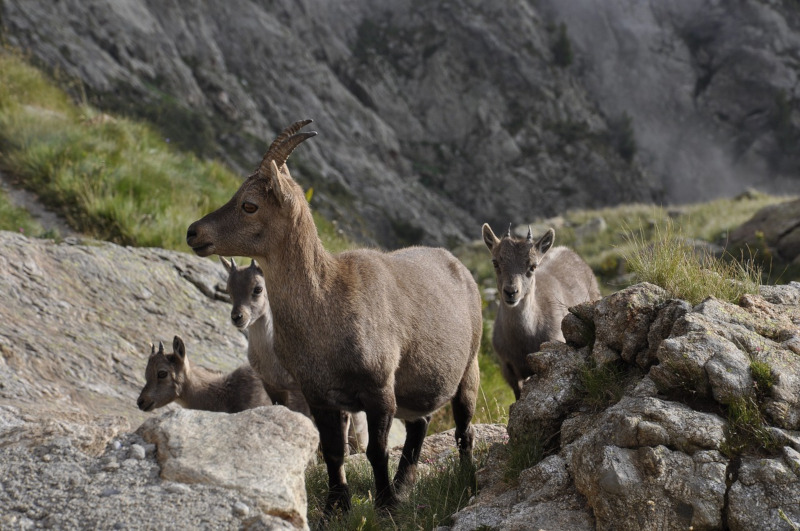
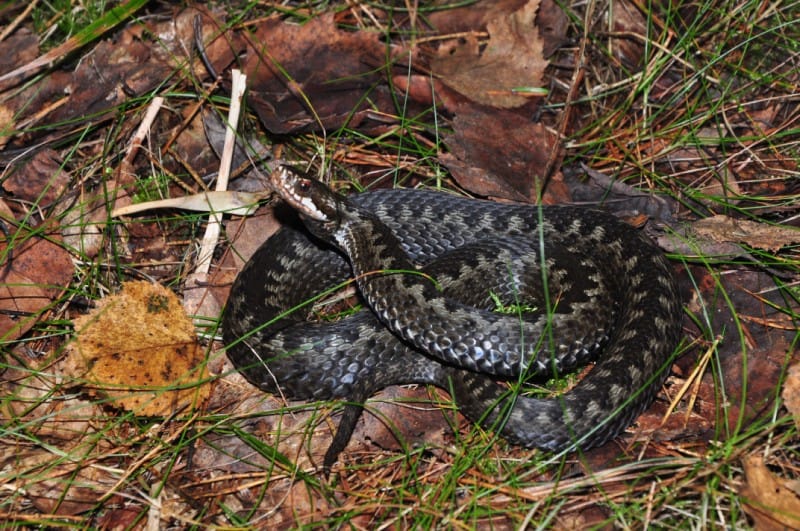
Check out our other articles on 4 Bulgarian Geological Marvels, Guinan cock-of-the-rock, White Witch Moth, Harbor Porpoise, Indian Bullfrog, Flatback Sea Turtle, Isle of Skye, Apple of Sodom









Leave a Reply